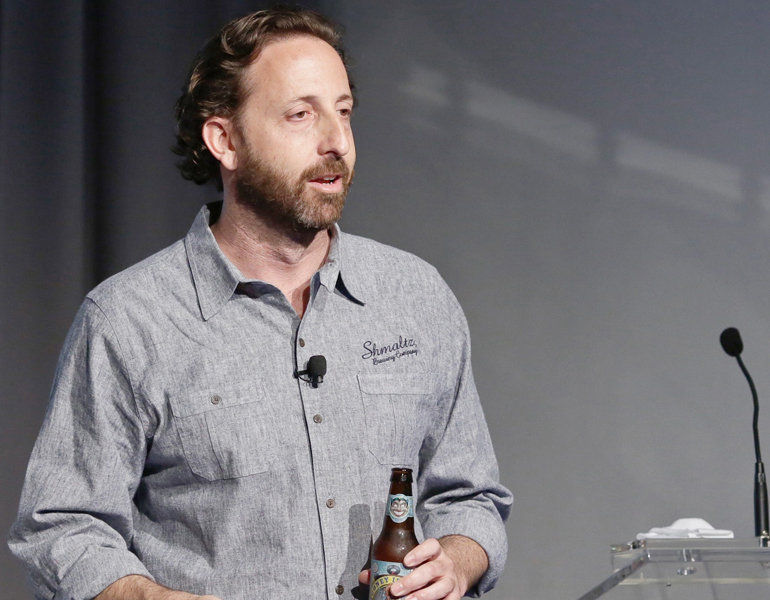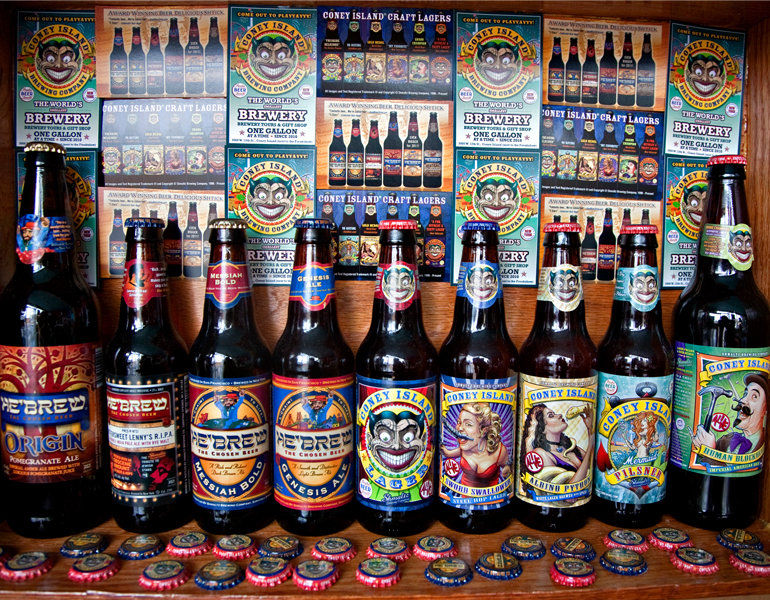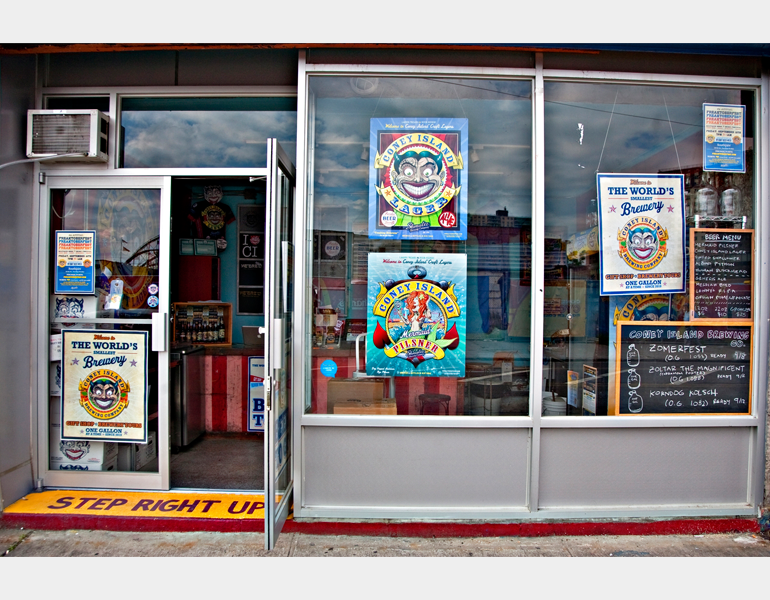Start 14-Day Trial Subscription
*No credit card required

How to Build a Brewery with Jeremy Cowan of Shmaltz Brewing Co.
The brewery also adds a facet to Cowan’s quest for multi-layered interaction with his beers. “People love the ideas, but they really also love the hands-on nature of brewing. Now we have an extra layer of connection.”
The move is not without its own complications. In a very short time Shmaltz went from being a one man operation with no home office to having 30 employees, real estate, and expensive equipment. Cowan says that juggling the demands of growing a national brand and running a beer factory isn’t easy. “I was working 100 percent of the time before on just sales and marketing.” he told me. “And now I’m working 100 percent of the time on sales and marketing and 100 percent of the time on production.”
LOOKING AHEAD
Throughout its history Shmaltz has been an innovator. The marketing was brash and irreverent at a time when most beer branding revolved around, in Cowan’s words, “Fishing or dogs or regional geography.” The beers were big and bold before extreme was a thing. Then there is that Jewish niche. But times have changed. In-your-face marketing is commonplace. Excessive alcohol and odd ingredients are the norm. With growing competition it’s almost essential that breweries find a niche. How does a once cutting-edge brewery stay innovative?
“That is a very interesting and important question,” said Cowan. “Especially in a beer world where right now everybody is a voyeur. There is no real brand loyalty. We’re talking about it all the time. Even look at brands like Sam Adams, Sierra Nevada, New Belgium. The brands that they focused almost 100 percent of their efforts on five years ago, some of them are brands they don’t even really push any more. Those big companies now have 60-plus beers that they make in a year. Which is crazy.”
Right: Jeremy Cowan holding a bottle of Genesis 10:10 from Shmaltz Brewing.
For Cowan the answer is to go even more boutique. “The way I’m looking at it now is smaller innovations that might involve more muscle from our national organization, but will give consumers that sense of ‘What’s new? What’s new?’” His idea is to leverage rare beers with small runs to build interest in their core brands. This means an expansion of the barrel-aging program and more beers like the She’Brew Triple IPA (11% ABV, 110 IBU) that was made for International Women’s Collaboration Brew Day, of which only 600 cases were brewed.
Of course the shtick isn’t going away. For one thing, Cowan is a much sought after speaker at events around the country, enabling him to deliver it in person. The Immaculate Collaboration series will continue to help spread the word and turn out brews with cheeky names like St. Lenny’s, brewed with the Cathedral Square Brewery in St. Louis – the Catholics and the Jews breaking liquid bread together. It’s a Belgian-style take on Shmaltz’s Bittersweet Lenny’s Imperial Rye IPA.
Hanukkah is a busy time for Shmaltzy shtick. Seasons past have brought quirky products like a beer menorah. This year Shmaltz will once again lend some much needed light to the impending winter darkness with Hanukkah, Chanukah: Pass The Beer. Made with eight malts, eight hops, and weighing in at 8 percent ABV, it’s a reprise of that miraculous number 8 from the first Jewbelation anniversary beer. Seinfeld did run for eight seasons, after all. L'chaim!
Pages
- « first
- ‹ previous
- 1
- 2
- 3
- 4






